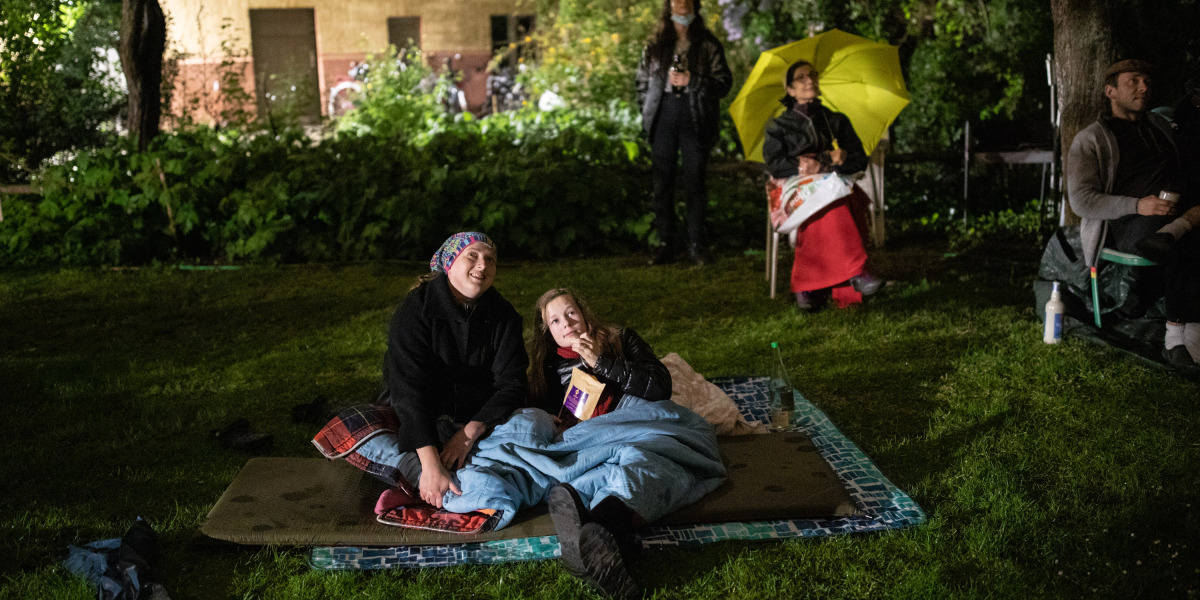
The consensus is that 2020 has been “the worst.” But there is reason to look back at this year and find the unexpected silver linings of quarantine, particularly when it comes to how we connect with other people.
None of these benefits compare with the death and suffering and misery of a terrible year, but here’s a list of the small wins that we can hold onto and nurture as we finally shake the dust of 2020 from our feet.
We could roll over and log into work. Zoom fatigue is real, but online work shouldn’t be treated as an entirely temporary substitute for the office. Many disability advocates have been asking employers for years to offer remote work as an option for jobs that can be done that way. The pandemic was proof that some people really do benefit from working from home, and can be just as productive when they do.
“If your employees are able to be at home and they want to be at home, let them,” says Vilissa Thompson, a disability rights advocate and founder of Ramp Your Voice. While working at home can be really taxing for some, others—whether because of disability, family needs, or community needs—find it easier and more comfortable than working from an office. Thompson worries that companies will be too eager to rush everyone back into the office as vaccines become more widely available. “You really can’t say that certain things don’t work anymore if it’s remote,” she says. “You’ve seen it work.”
This applies to school and professional gatherings as well, says Thompson. Students who have asked universities for options to attend classes remotely now know that schools are set up for just that. And virtual conferences are more accessible in a variety of ways, including financially: lower entry cost, no hotel bill, no travel.
Live video captioning became more of a norm. Getting a video captioned used to be rare. Even when it was done, such as on YouTube’s closed-captioning option, the result was often nonsensical. Add masks and video chats, and those who are hard of hearing or deaf found understanding their peers next to impossible. The pandemic made the need for live captioning far more urgent, and startups like Ava, along with bigger platforms like Zoom and Microsoft, incorporated live video captioning that was often editable to improve readability.
Most notably, Instagram and other social platforms began incorporating captioning to allow people with hearing difficulties to understand pre-recorded videos. Even hearing folks could benefit, with archivable, searchable text that proved useful for work. That’s not to say the problem is totally solved; Ava’s founder, Thibault Duchemin, says that while immense strides have been made, a lot of work still has to be done, particularly with live video: “As a deaf or hard-of-hearing person right now, if I watch TV, it is captioned by professionals, but what is the difference with a social media livestream of an important event?”

